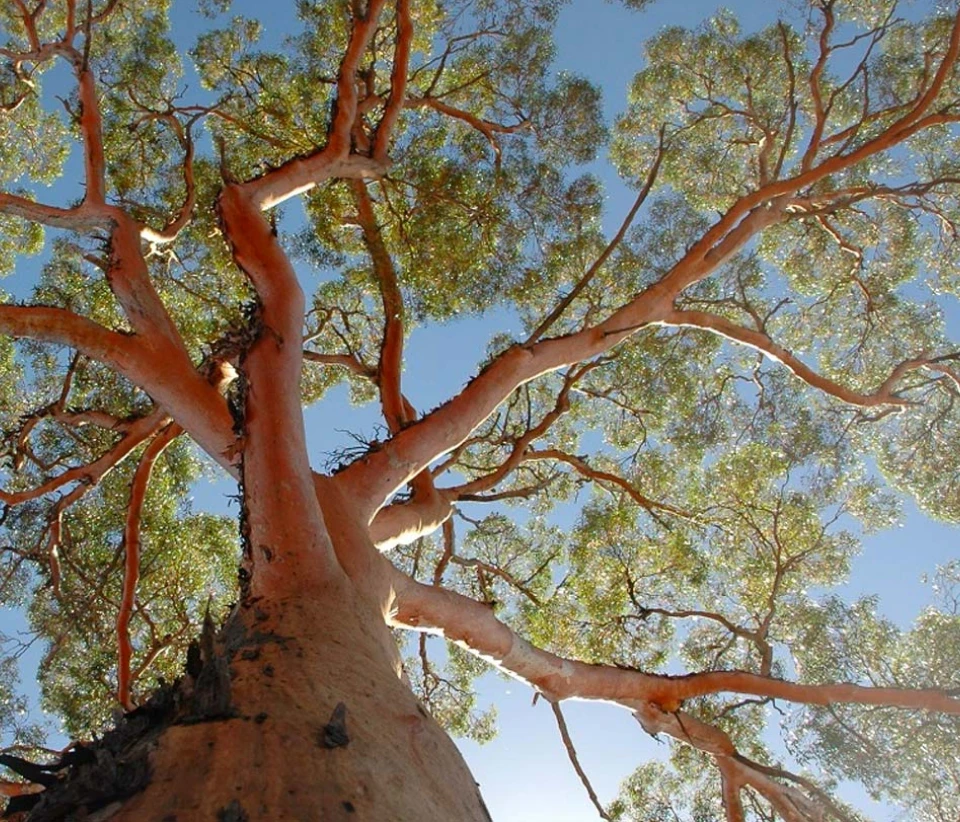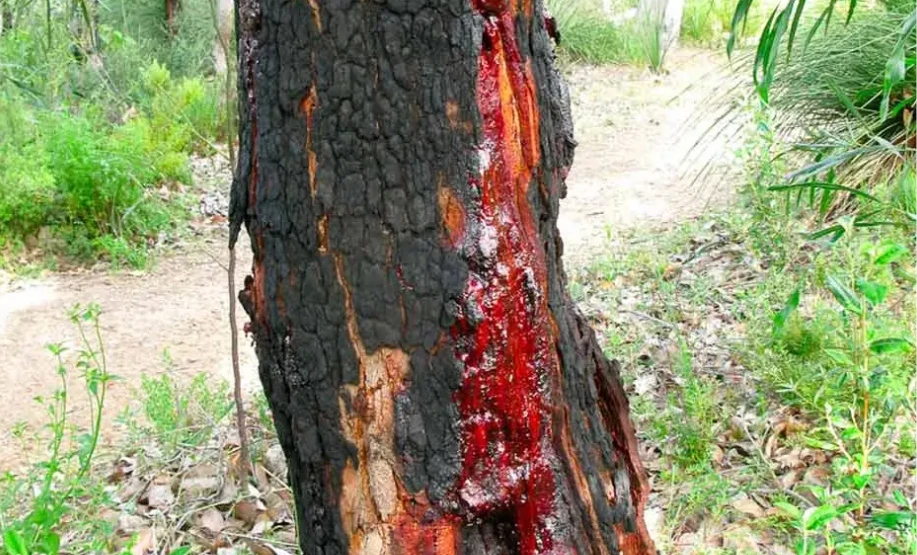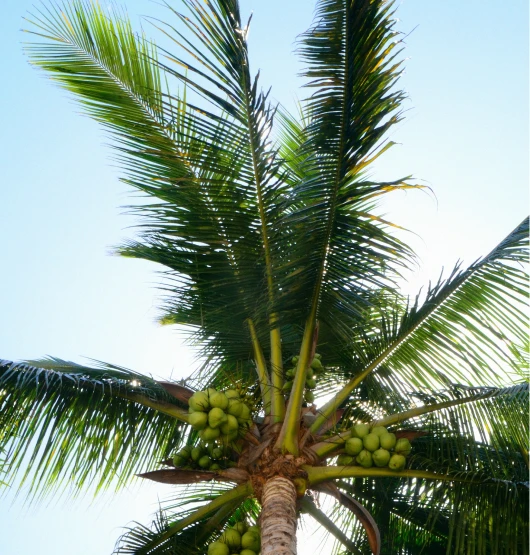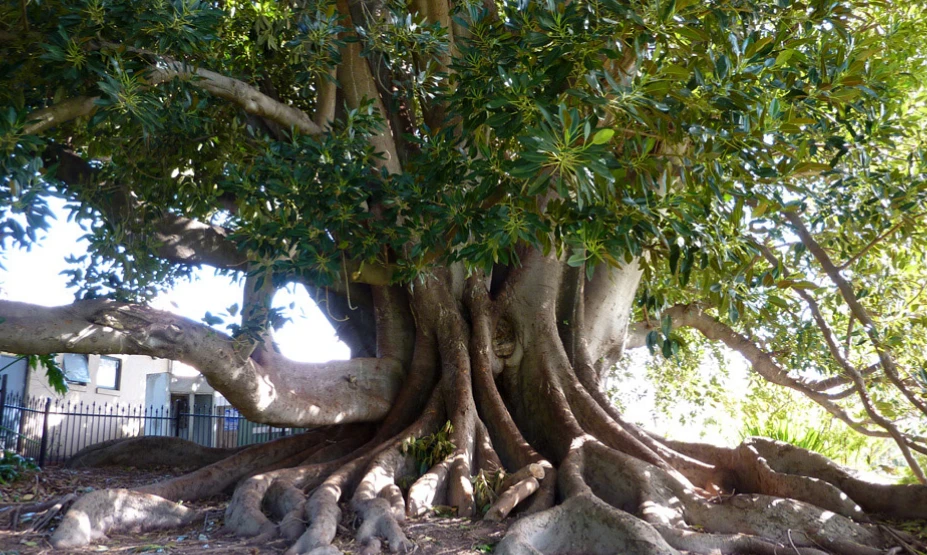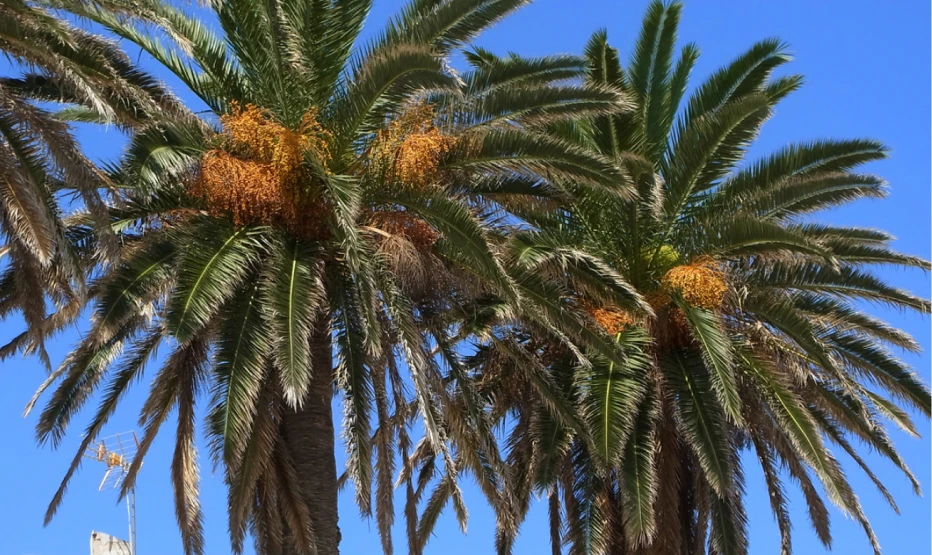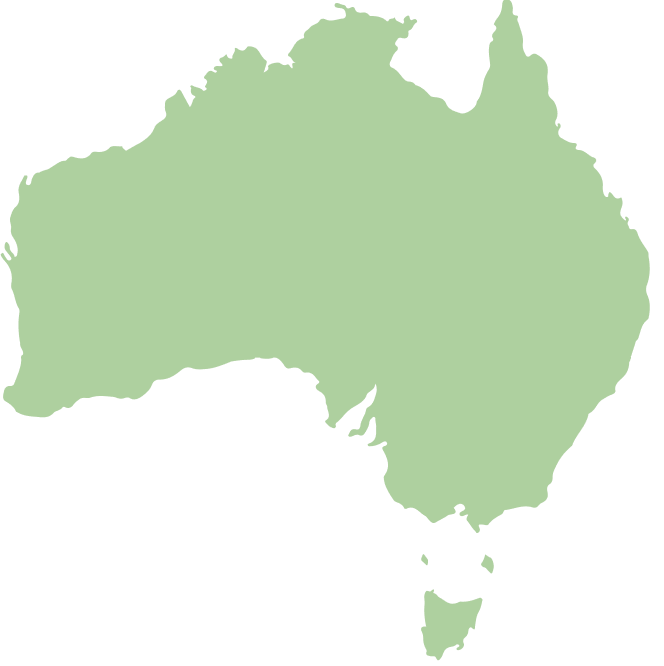Eucalyptus belongs to the Myrtaceae family. There are about 800 species and subspecies of this plant found in the continent of Australia. Every state and region has its own representative of eucalyptus. Eucalypts vary in size. Some can be small bushes (less than 1 metre in height) while others can be towering trees (up to 60 metres in height). The large species of eucalypts are reported to live up to 250 years.
The adaptive capabilities of this family of plants are impressive. They can survive the harshest of environments and propagate. They can live in marshes, rainforests, and even in rocky mountain ranges. Unless you live in an area in the middle of the driest desert, you’ll surely see a eucalyptus tree around your vicinity. They also grow so quickly that they are considered to be very aggressive to other plants.
However, due to their sturdiness and wide distribution, eucalypts play a major role in the preservation of biodiversity in Australia. They support a lot of native animal and insect species, especially those that are classified as endangered and threatened. The said animals greatly depend on eucalyptus plants for their dwelling and food.
This evergreen plant also has tons of uses for us humans. Its various parts are used as medicine, active ingredients of perfumes and cosmetics, food flavouring, insect repellants, and health supplements.
Despite the benefits the eucalypts provide, it is still important to know that their propagation should still be controlled. If their number in a certain area has reached a certain proportion in relation to the other plant species, a phenomenon called allelopathy can occur. The eucalyptus plants produce certain chemicals that prevent or stop the growth of other plants nearby. In short, too many eucalypti can kill your roses and hydrangeas in your garden and orchards.

